Church Membership Resignation Letter Template
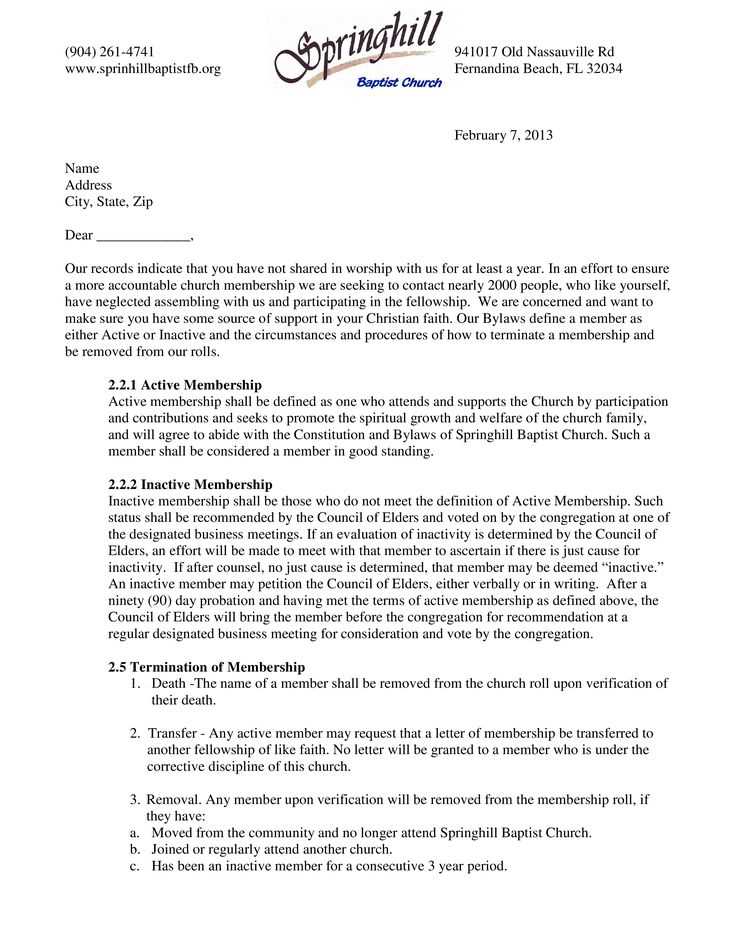
Making the decision to part ways with a spiritual community can be challenging, especially when it comes to formally notifying them. Crafting a respectful and clear message is essential in such situations. While it may seem straightforward, expressing your intentions with care can prevent misunderstandings and maintain positive relations.
In this guide, we will explore how to communicate your decision effectively. We will provide insights into the process, from understanding the importance of your words to creating a document that conveys your thoughts with grace. The goal is to ensure that you approach this matter in a thoughtful and organized manner.
Why You Might Resign from a Religious Community
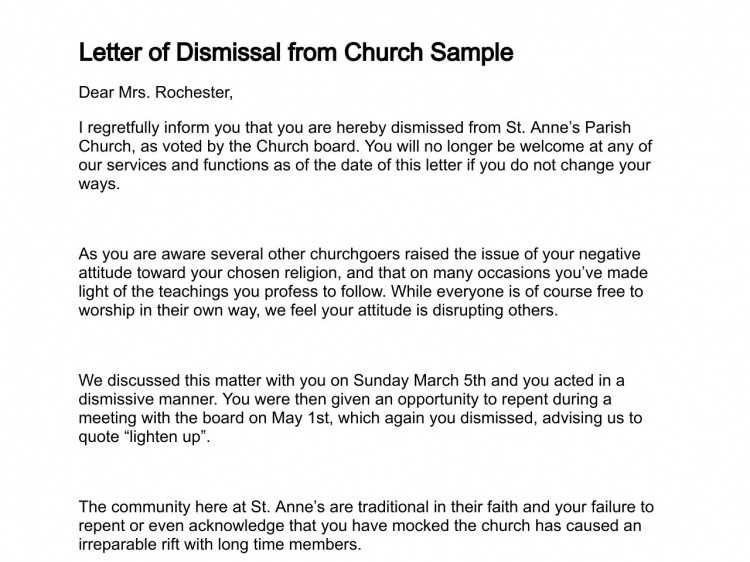
There are various personal reasons why someone may choose to step away from a spiritual group. Whether it’s due to a shift in beliefs, dissatisfaction with the organization’s practices, or simply a desire for change, making this decision is deeply personal. Understanding the underlying reasons can help you communicate your thoughts effectively when it’s time to make the change.
Common Reasons for Leaving
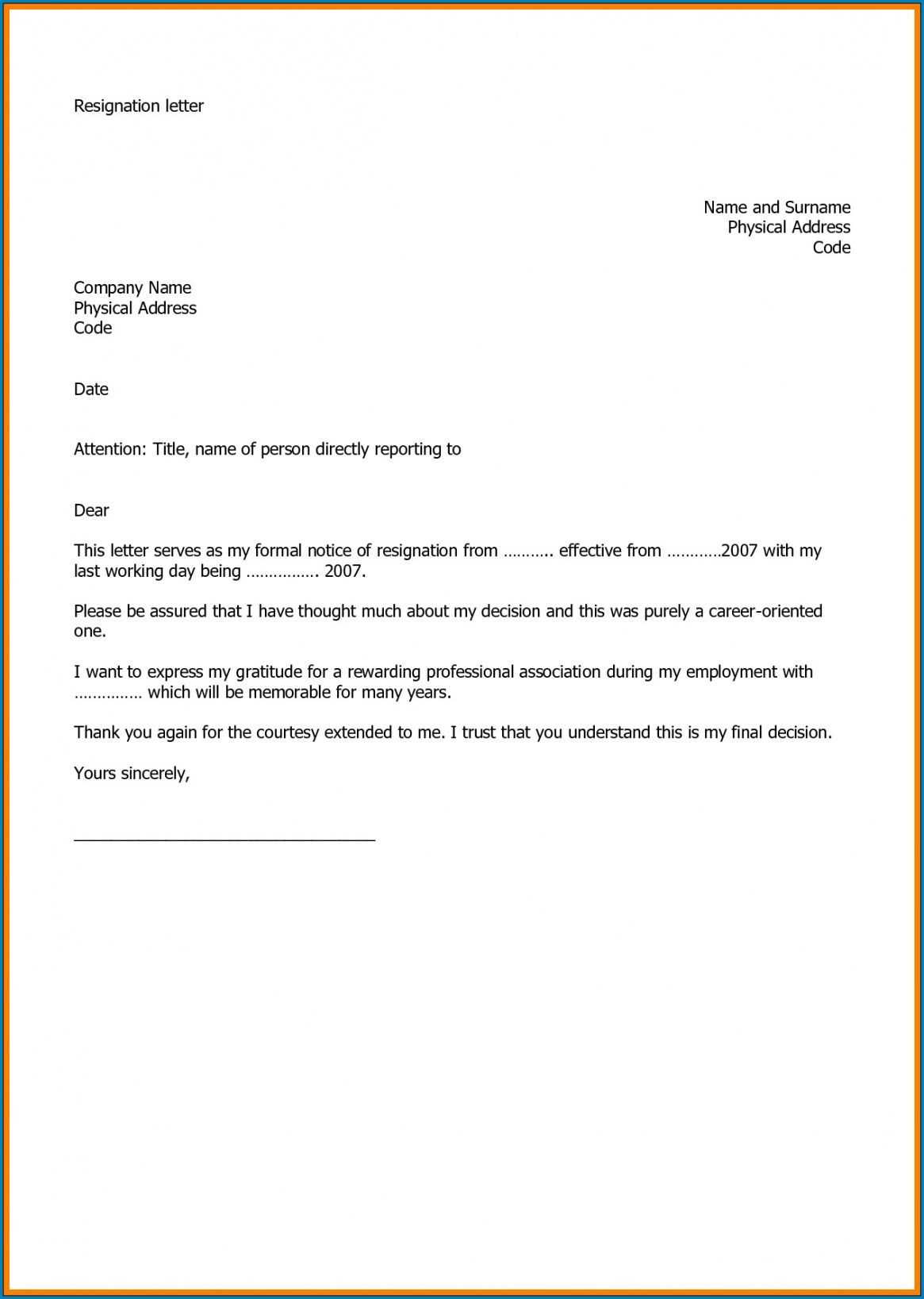
- Doctrinal Differences: A change in personal beliefs or values can lead to a disconnection from the group’s teachings.
- Lack of Connection: Feeling disconnected from the community, either emotionally or socially, can drive individuals to move on.
- Leadership Issues: Disagreement with the leadership style or decisions made by those in charge may influence one’s choice to depart.
- Personal Growth: A desire to explore different spiritual practices or philosophies may lead to distancing from the group.
Emotional Considerations
While leaving a group may feel like a necessary step, it’s important to recognize the emotional impact of such a decision. Feelings of guilt, uncertainty, or even fear of rejection are common. Taking the time to reflect on your reasons and ensuring the decision aligns with your personal growth can ease the emotional strain.
Steps to Write a Formal Notification
When deciding to officially inform a group about your decision to part ways, it’s essential to approach the process with clarity and respect. A well-structured and thoughtful document can ensure that your message is received as intended, leaving a positive impression despite the circumstances.
Organize Your Thoughts
- Clarify Your Intentions: Before putting pen to paper, take time to reflect on why you want to leave and what you want to communicate. This helps ensure your message is clear and purposeful.
- Keep It Concise: A brief, straightforward message is more likely to be well-received. Avoid over-explaining your decision unless you feel it’s necessary.
Key Elements to Include
- Personal Information: Start with your full name, the date, and any relevant identifiers (such as membership number or role).
- Reason for Leaving: While it’s not required, mentioning a brief, respectful reason can help provide context. It can be as simple as “I’ve decided to pursue other personal or spiritual paths.”
- Express Gratitude: Even if your experience was not entirely positive, it’s beneficial to express gratitude for the time spent with the group.
- Request Confirmation: Politely ask for confirmation of your departure, ensuring both parties have a clear understanding.
Key Information to Include in Your Notification
When drafting a formal document to inform an organization of your decision to part ways, it’s essential to include certain details to ensure clarity and understanding. Providing key information in a respectful and organized manner will help make the process smooth and professional.
Start by including your personal information such as your full name, contact details, and any relevant membership identifiers. This helps the organization locate your records and process your request more efficiently.
It’s also important to mention the date of your decision. This provides a clear record of when you intended to make the change and can serve as a reference point if needed. If you feel it’s necessary, briefly explain your reasons, but avoid going into excessive detail–keeping it simple and respectful is often the best approach.
Finally, ensure that your document requests confirmation of your departure. A simple statement like, “I kindly ask for confirmation of my removal from your records” can help clarify that your request has been fully processed.
Examples of Formal Notifications
To help guide you through the process of crafting a respectful and clear message, it’s useful to look at examples of how others have successfully communicated their decisions. These examples showcase different approaches depending on the situation, but all emphasize professionalism and courtesy.
Simple Notification Example
- Full Name: John Doe
- Date: January 1, 2025
- Message: I would like to formally inform you of my decision to part ways with the organization. I am grateful for the experiences I have had, but I have chosen to pursue other paths at this time. Please confirm my removal from your records. Thank you for understanding.
Detailed Notification Example
- Full Name: Jane Smith
- Date: February 15, 2025
- Message: After much thought and reflection, I have decided that I will no longer continue my association with the group. This decision comes after careful consideration of my evolving beliefs and personal goals. I appreciate the support and community I have experienced and hope for continued goodwill. Kindly acknowledge my request for removal from your lists. I wish you all the best in your future endeavors.
Common Mistakes to Avoid in Your Notification
When crafting a formal communication to end your affiliation with an organization, there are several pitfalls to avoid to ensure your message is respectful and clear. Being mindful of these common mistakes can help you avoid misunderstandings and ensure a smooth transition.
Common Errors to Watch Out For
| Mistake | Explanation |
|---|---|
| Being Too Vague | Failing to state clearly that you wish to end your association may lead to confusion. Ensure your intent is communicated directly. |
| Excessive Detail | While you may have reasons for leaving, providing too much personal or negative detail can come across as unprofessional. Keep it simple and respectful. |
| Forgetting to Request Confirmation | It’s important to ask for confirmation of your request to ensure that it is processed and recorded properly. |
| Using Harsh Language | Even if your experience was not ideal, using harsh language or expressing anger can damage your reputation. Be courteous and respectful. |
Ensuring a Professional Tone
Maintaining a polite and professional tone throughout your communication is crucial. Avoid using emotional language or giving the impression that you are acting impulsively. A well-crafted message will leave the door open for future relationships, should the situation ever change.
Handling Emotional Responses After Stepping Away
Ending any kind of long-term affiliation can bring up strong emotions, both for you and for others involved. It’s natural to feel a mix of relief, guilt, sadness, or even anxiety as you navigate this transition. Understanding how to manage these emotions is key to ensuring that you move forward in a healthy and respectful manner.
Managing Your Own Feelings
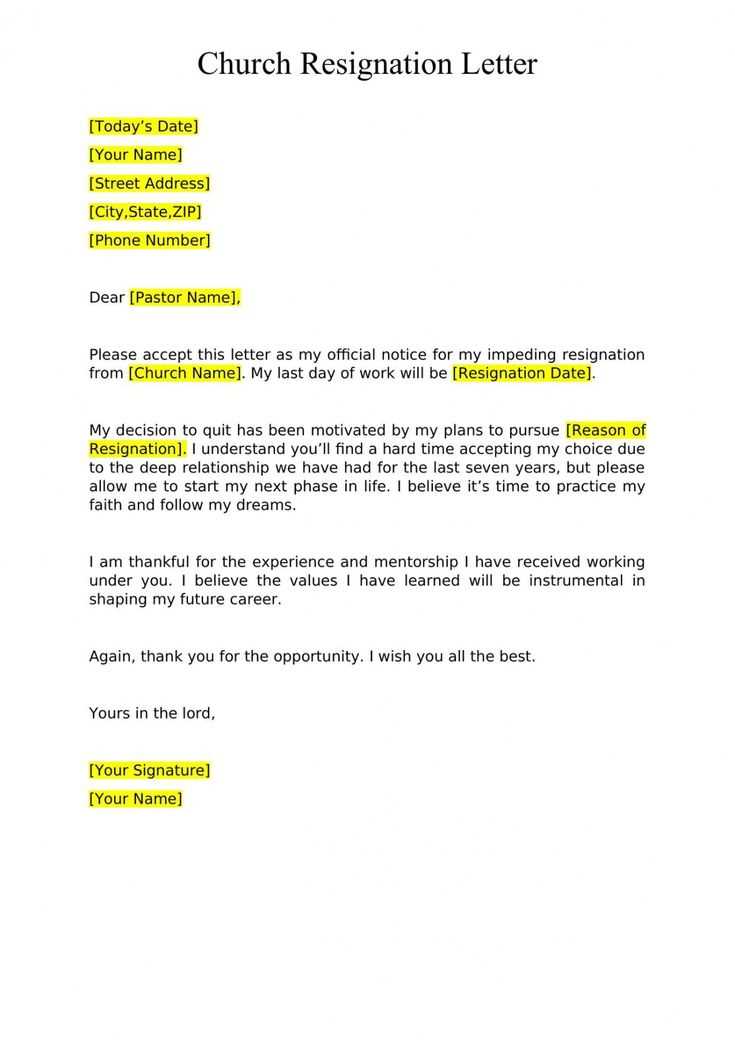
When you decide to step away, it’s important to acknowledge any emotions that arise. Take time to reflect on your decision and remind yourself why it was the right choice. If you feel guilt or uncertainty, try to focus on your personal growth and the positive aspects of the change. Be kind to yourself during this time of adjustment.
Dealing with Reactions from Others
Others may have their own emotional responses, ranging from surprise to disappointment. It’s important to approach these reactions with empathy. Listen to their feelings and provide respectful, honest responses. If the conversation becomes tense, stay calm and remind them of your reasons without becoming defensive. Remaining understanding and patient helps to preserve any future interactions, should they be necessary.
Alternative Ways to End Your Affiliation
Sometimes, there are other methods for stepping away from an affiliation without formally announcing your departure through written means. These alternative options may suit individuals who wish to avoid confrontation or feel uncomfortable with direct communication. Exploring these methods can offer a smoother transition while still honoring your decision.
Gradual Disengagement
One way to gradually end your involvement is by slowly reducing your participation in events or activities. This method allows time for both you and the group to adjust to the change. Over time, you may naturally withdraw from regular meetings, and your absence will be noticed, prompting a more natural conclusion without needing to formally communicate your decision.
Private Discussion with Leaders
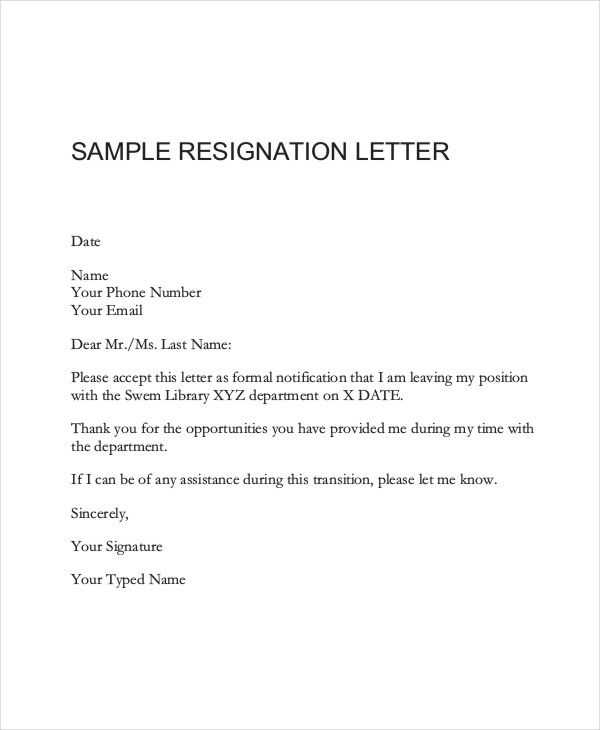
If you prefer a more personal and less formal approach, a one-on-one conversation with leaders or members of the organization can be a respectful way to communicate your intentions. This option allows for an open dialogue where you can explain your decision without the need for a formal statement. It provides space for understanding and discussion, which can ease any emotional responses that may arise.